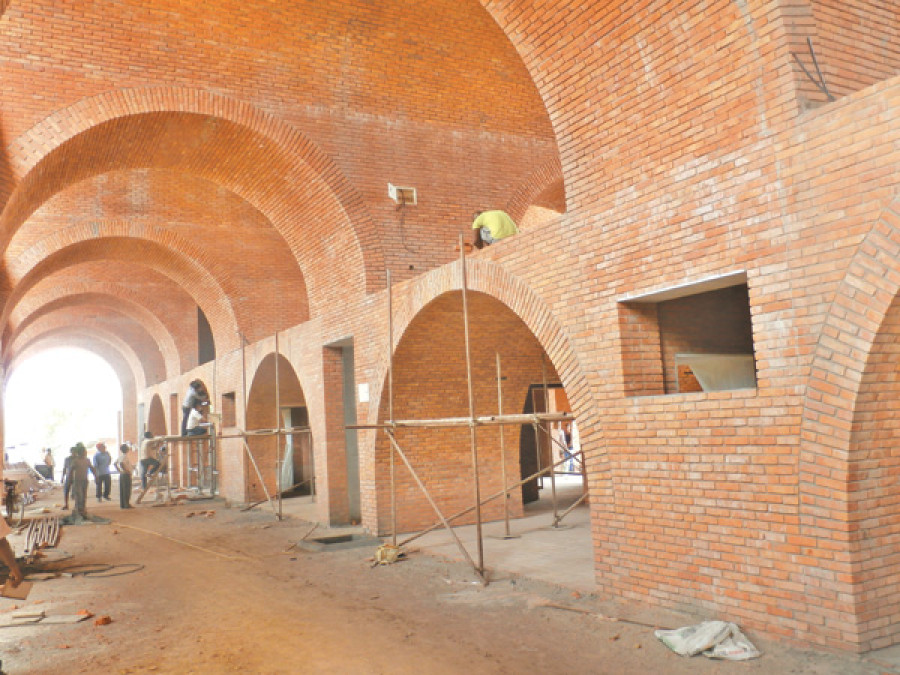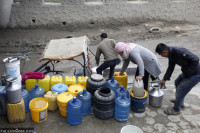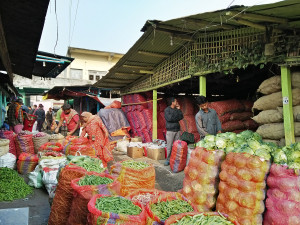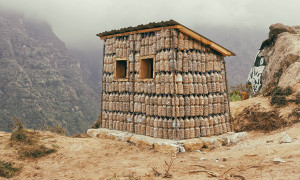Money
Restoration of Sacred Garden to conclude in ‘4 yrs’
Restoration of an area of about 7.7 sqkm under the Lumbini Area Development Project, also known as Sacred Lumbini Garden, will conclude in the next four years, according to stakeholders.
Prahlad Rijal
Restoration of an area of about 7.7 sqkm under the Lumbini Area Development Project, also known as Sacred Lumbini Garden, will conclude in the next four years, according to stakeholders.
“The project, which was envisioned 38 years ago, is in final stages and more than 65 percent of the target has been achieved,” said Siddhartha Maharjan, vice-president of Lumbini Development Trust. “Currently, construction of infrastructure like water tower, sewers, administrative building and visitor information centre is under way.”
Maharjan said lack of budget, political instability and lack of government’s commitment to prioritise the development of Lumbini hindered timely completion of the project. Out of the total area of 777 hectares, three miles in the Northwest and one mile each in the East and West is separated in the master plan for the construction of infrastructure like holy garden, monastery zone and new Lumbini village. The holy garden includes a Temple of Maya Devi, a pond and a peace garden.
Construction of monasteries reflecting cultures of 48 countries is currently underway. In the Lumbini Gram area, structures like bus park, hotels and residents have already been built.
Around 82 percent work on the visitor information centre is complete. The centre will serve as a knowledge base for domestic and international tourists and Budhhism enthusiasts. The construction of the centre is funded by the Asian Development Bank (ADB) under its South Asia Tourism Infrastructure Development Project (SATIDP).
The information centre covering 360sqm will have 40 modern rooms to disseminate necessary information to the visitors. “The centre will accommodate presentation halls, visitor rests, toilets with gardens in the front and an 800m asphalt road,” said Saroj Bhattarai, chief engineer of the project. “We are a bit behind the schedule, but the construction will finish within this year.”
According to Bhattarai, the government, along with the ADB, provided Rs350 million during 2015-16 for infrastructure development, out of which only Rs200 million was utilised because of the Tarai unrest and conflict of interest among the stakeholders.
According to the ADB, the SATIDP project’s intended impact is the establishment of an integrated pattern for the future growth of tourism in South Asia that would enhance the sector’s contribution to sustainable and inclusive economic growth.
“The construction works have recently gained pace after government listed the project as national pride project and prioritised development of the Lumbini area,” said Maharjan. “ The master plan will materialise within four years if government lists the project under a multiyear programme and allocates the necessary Rs6 billion for tendering the remaining works.”




 8.12°C Kathmandu
8.12°C Kathmandu















